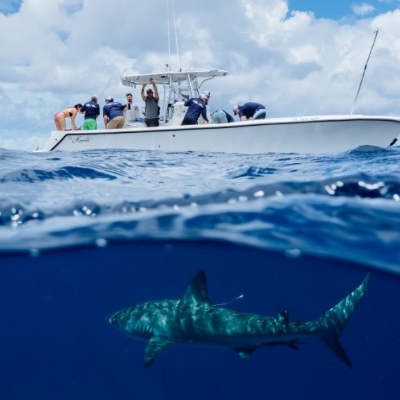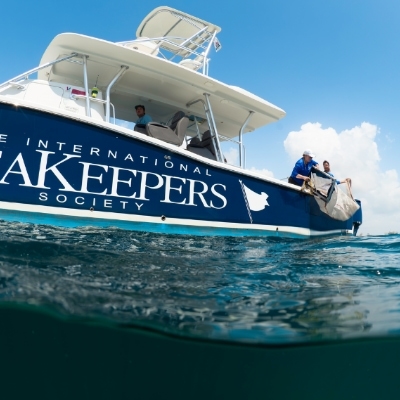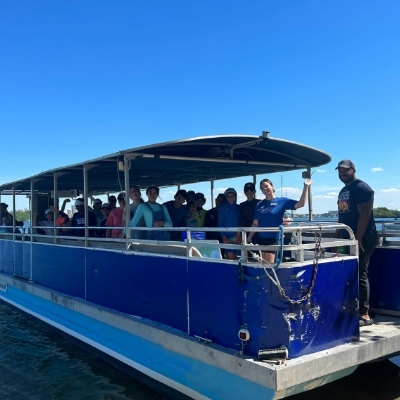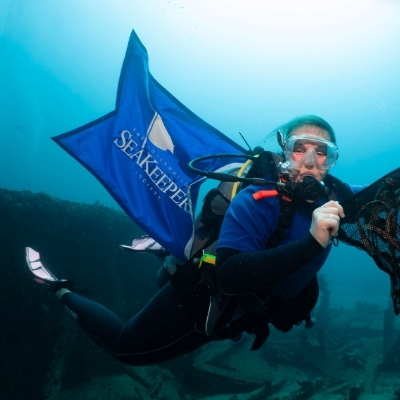Tracking South Coast Bottlenose Dolphin Movements in Sussex
Project Overview:
This project focuses on studying an isolated group of bottlenose dolphins living along the south coast of England. Recent citizen science data shows these dolphins have been spotted more often in Sussex since 2021, suggesting a shift in their usual range. To investigate this, researchers will collect photos and field data during dedicated surveys. The goal is to better understand the population’s size, behavior, and ecology, uncover how environmental and human factors influence them, and build strong evidence to support their conservation
Program Partners
- Sussex Dolphin Project
- Cornwall Wildlife Trust
Location
- Sussex, UK
Expected Time Frame
- May 2025 – Ongoing
Duration of Expedition
- 1-2 Days per Month
Accommodation Needed
- 2-6 Researchers
Special Equipment Needed
- Licensed captain
Expedition parameters listed above are flexible and negotiable.
Background:
Since 2018, the Sussex Dolphin Project has collected dolphin sighting reports and photos from the public, revealing a rise in bottlenose dolphin activity along the Sussex coast, particularly since 2021 and with a peak in 2024. Historically overlooked for marine mammal activity, the Eastern English Channel is now recognized as a potential hotspot for this species. While citizen science has been crucial for identifying dolphin presence, public submissions often lack the detailed, high-quality images and data needed for scientific accuracy.
Collaborations with researchers from the University of Plymouth and the University of Brighton have used this data to study bottlenose dolphin movements and highlight Sussex as a significant area. These studies, however, emphasize the need for dedicated field surveys and detailed photo-identification efforts to properly understand this population.
Excitingly, a unique group of around 40 bottlenose dolphins, isolated from other populations, has been identified along England’s south coast. These dolphins, covering a range of 530 km from Cornwall to Sussex, are increasingly being spotted in Sussex waters. This shift raises concerns due to high levels of human activity in the region, including fishing, shipping, pollution, and renewable energy projects.
To protect this vulnerable group, the Sussex Dolphin Project plans to conduct targeted surveys to fill critical knowledge gaps, build stronger evidence for their range and behavior, and assess the impact of human activity on their survival. This effort aims to support conservation and ensure these dolphins can thrive in Sussex waters.
Mission:
This project aims to understand if the bottlenose dolphins along England’s south coast are spending more time in Sussex waters and what might be causing these changes.
Objectives:
- Create a dedicated dataset based on focused field research.
- Capture high-quality photos to identify individual dolphins.
- Monitor and analyze environmental conditions in Sussex waters.
- Track human activity, such as boat traffic, in dolphin habitats.
- Identify key areas where dolphins are either present or absent.
- Study patterns in dolphin behavior and movements over time.
Applications:
This research could lead to a deeper understanding of the unique ecotype of bottlenose dolphins that inhabit Sussex Bay, an isolated group distinct from other populations. Through targeted surveys and photo-identification, the project aims to uncover critical information about their movements, behavior, and response to human activities in the region. Ultimately, this work will provide the scientific foundation necessary for developing tailored conservation strategies to protect this unique ecotype and ensure its long-term survival in Sussex waters.
Relevant/Previous Scientific Publication(s):
Program Partners:
Get Involved
If you’re interested in learning more about this specific program opportunity, please reach out to our team below to find out more about this program or get involved in other opportunities with SeaKeepers.
Explore More Opportunities

At-Sea Opportunities

Citizen Science Opportunities

Education Opportunities





